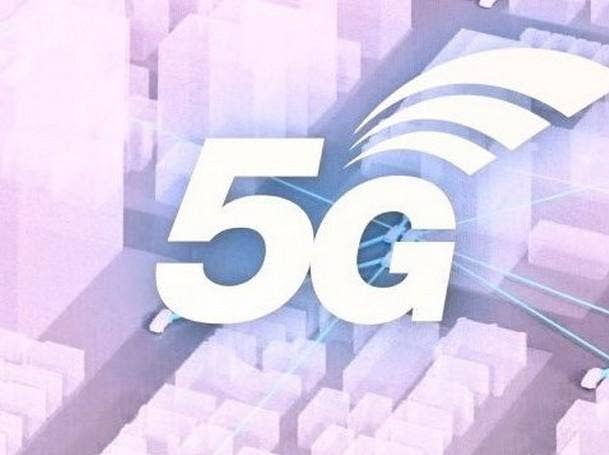Cisco, NTT Teaming Up On Private 5G As Enterprise Interest Hits ‘Peak’
‘If we look at communication service providers, the public sector and large enterprises, [private 5G] interest is at its peak. But there’s a difference between interest and reality,” one Cisco executive tells CRN as the company partners with NTT to expand private 5G to more end users.

Cisco Systems and its longtime partner, global IT solution provider NTT, said they will co-innovate to further private 5G adoption for enterprise customers and bridge the gap between operational technology and IT environments.
“If we look at communication service providers, the public sector and large enterprises, [private 5G] interest is at its peak. But there’s a difference between interest and reality,” Masum Mir, senior vice president and general manager of provider mobility for Cisco Networking, told CRN.
Business 5G still introduces complexity. But it’s becoming more “tangible” for early adopter verticals like manufacturing, transportation and logistics, which are becoming the first-movers because of the benefits private 5G connectivity can introduce, Mir said.
The newly unveiled collaboration between the two companies will bring together Cisco’s private 5G technology with NTT’s managed services so that enterprises can integrate private cellular into their existing LAN and WAN infrastructure without compromising security, according to San Jose, Calif.-based Cisco.
[Related: The 5G Telecom Startup Companies Shaking Up The Market]
Via the terms of the partnership, Cisco will bring its Private 5G service that simplifies 5G and IoT operations to the table, while NTT will provide network infrastructure design, deployment, run operations, use case development, device sourcing, compatibility and end-to-end testing.
The two companies said they will accelerate edge connectivity through NTT’s Managed Private 5G offering, combined with Intel hardware, so that Cisco and NTT customers can seamlessly integrate private 5G into their pre-existing LAN, WAN and cloud infrastructure.
For Cisco, 5G is a joint-value creation play alongside partners, not a resale model, Mir said. “Understanding vertical needs is super important. It’s not only the technology provider like Cisco that can go and solve that problem alone—we need global managed services partners,” Mir said.
NTT, said Mir, has years of technology integration experience. Cisco and NTT have a long history of working together and working together globally, he added.
“We’re taking that past relationship and strengthening the relationship and bringing it to the next level. With this partnership, NTT is becoming a managed service partner for us globally, delivering the business outcome, and we’re going to drive the technology behind it,” Mir said.
NTT is one of Cisco’s largest partners globally. The company has “a leg up” in the private 5G space because it built a practice around the cellular connectivity option nearly 18 months ago, according to Shahid Ahmed, group executive vice president, new ventures and innovation at NTT.
The extended partnership, said Ahmed, will allow NTT to further standardize its managed private 5G solution so that it can be delivered in a very consistent manner for enterprise customers.
Rather than a telco-centric 5G offering, NTT’s is a CIO-centric solution, Ahmed said. “What that means is that 5G is, in fact, an extension of the [enterprises’] LAN, so you can leverage the same infrastructure, whether it’s cabling wiring or security policies, so everything stays the same.”
For enterprise customers, this relationship will help to remove concerns around the transition to 5G. The idea is for the connectivity technology to coexist with Wi-Fi infrastructure without adding any operational burden and complexity, the two companies said.
Private 5G is going to be open to Cisco’s partner ecosystem with the goal of delivering business outcomes, not just providing connectivity, Cisco’s Mir added.
Cisco and NTT have already begun coordination on several customer deployments, including within warehouses that are embracing 5G connected devices and in broad geographic areas that require both Wi-Fi and 5G for dense and wide-reaching coverage, Cisco said.